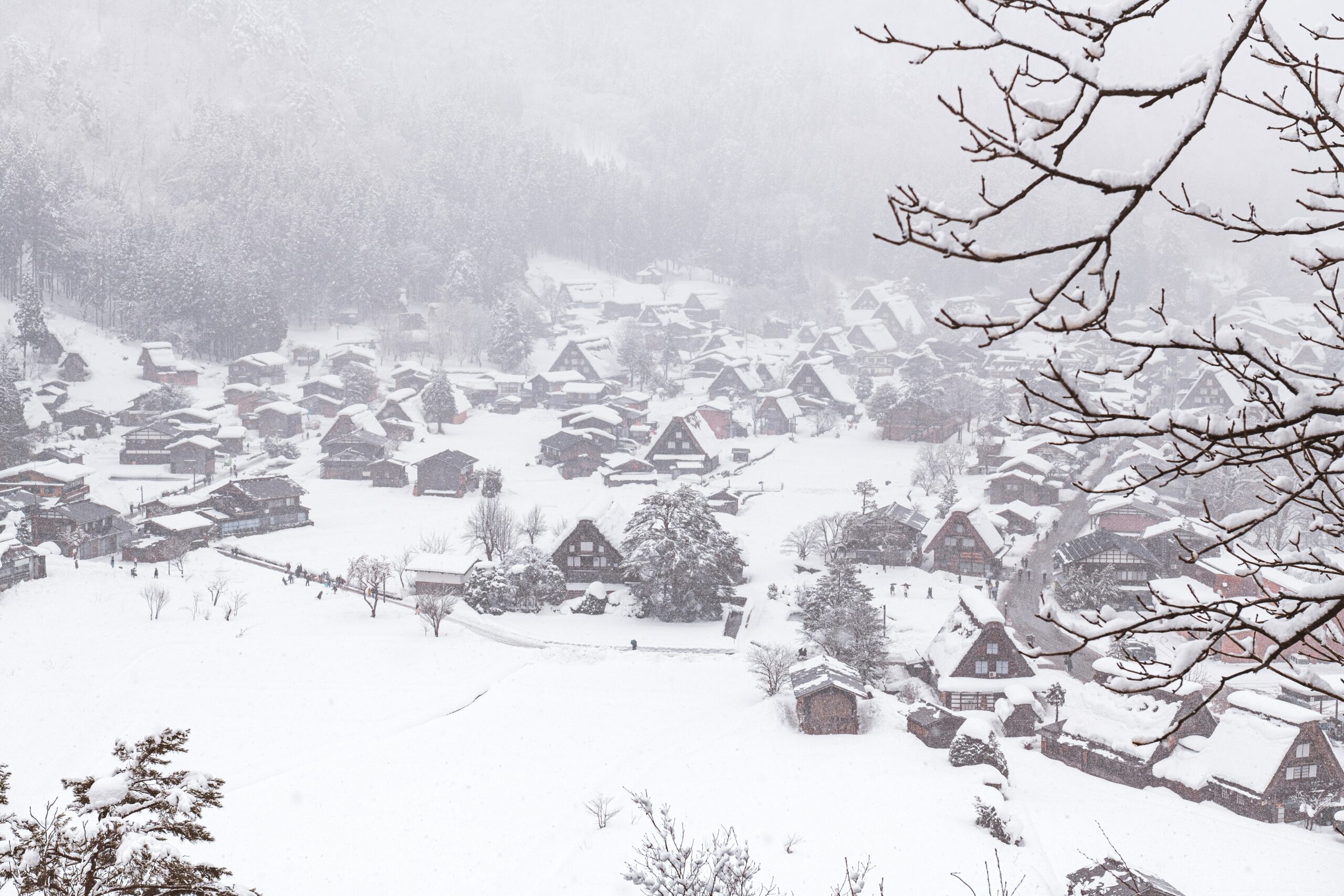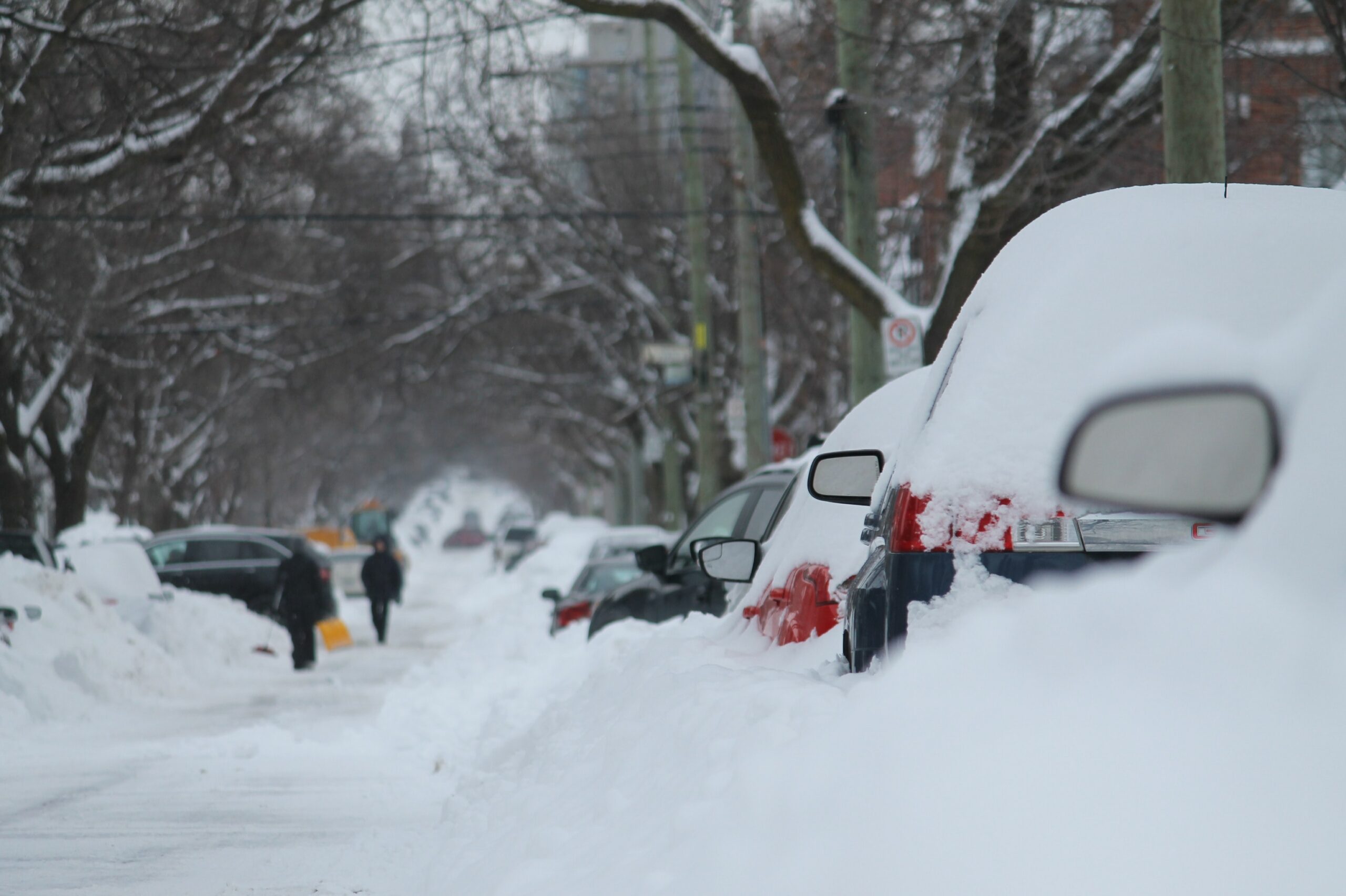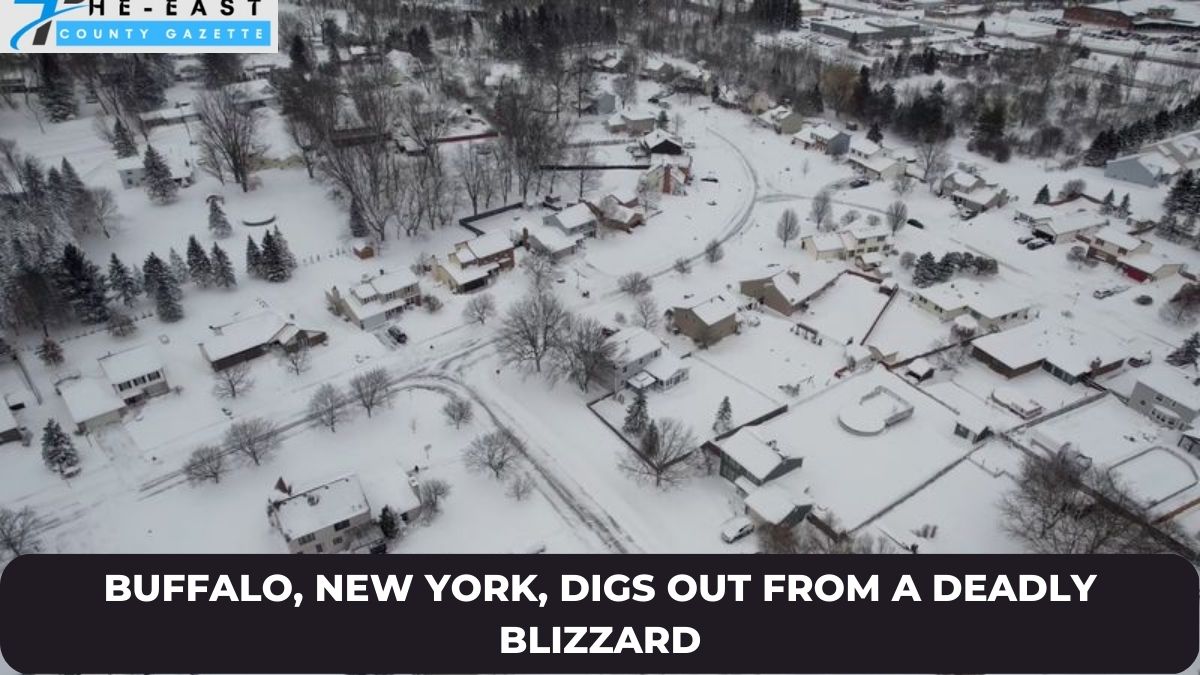On Tuesday, storm-weary road workers and residents of western New York state attempted to dig out from a devastating weekend snowstorm, with snow still falling and predictions for quick warming and rains that may create flooding and transform the frozen terrain into mush.
The area in and around Buffalo, New York, became the epicenter of an Arctic deep freeze and a mammoth winter storm that spanned most of the United States last week and continued over the Christmas holiday as far south as Mexico.
According to authorities, the number of storm-related fatalities in New York’s Erie and Niagara counties grew to 32 on Tuesday as snowfall started to diminish. Emergency services continued to locate and remove automobiles trapped under several feet of snow and drifts.
Mark Poloncarz, the county executive of Erie County, told reporters that some of the deceased were discovered frozen in their vehicles, some in snowdrifts outside, while others had medical issues like heart arrest while shoveling snow.

“We are recuperating from the worst natural disaster I have ever seen,” he said.
NBC News reported that at least 60 individuals nationwide had perished in weather-related accidents recently.
52 inches during four days
National Weather Service reported that as much as 52 inches of snow fell in and around Buffalo over four days, and a little more was forecast by Tuesday night (NWS).
The scenario was anticipated to shift drastically. The National Weather Service predicts a quick thaw later this week, with spring-like temperatures far above freezing and much above average, coupled with rain that might cause floods.
“This is one of the reasons why particular streets are targeted for more clearing to enable for the correct drainage of meltwater,” Poloncarz said on Twitter.
Poloncarz said that the snow “cannot be plowed” because of its volume and depth, which slowed progress. “There is plenty to do.”
The use of front-loader tractors to shovel snow into dump trucks for transport and disposal elsewhere. Poloncarz estimated that opening one lane on each city roadway would take two days. Several main routes obstructed by towering snowdrifts were cleared with the aid of enormous snow blowers. Personal vehicle traffic was still prohibited in Buffalo.
An abandoned vehicle sits on a street in the Elmwood Village section of Buffalo, New York, on Monday, December 26, 2022, after a massive snowstorm. Along with snow drifts and driving restrictions, abandoned automobiles rendered several roadways impassable.
Hundreds of electric company linemen were out restoring power on Tuesday, and Poloncarz tweeted that around 4,500 customers were without power as workers used chain saws to cut toppled trees.
Residents were effectively confined to their houses for two days due to the storm’s severity. Upon the storm’s abatement, they realized how much snow had fallen during the whiteout conditions that hindered their visibility.
Jim Nowak, who was out shoveling on Tuesday, said, “When we looked out the window, it was so windy that we could not tell whether we were getting accumulation, but when it eventually calmed, we had much work to do.”
There were also reports of locals who took in strangers stuck outside at the height of the storm and spent most of the holiday weekend with them. One was a barbershop owner who reported to the Buffalo News that he provided refuge for 40 individuals on the first night of the storm and 30 on the second.
Bob Oravec, an NWS meteorologist at the NWS Weather Prediction Center in Maryland, projected that two other inches of snow would fall in western New York on Tuesday but would “probably be the last.”

Soon, it will get warmer. Thursday’s maximum temperature will reach [8 Celsius]. “By Saturday, it will be [12C],” stated Oravec. Tuesday’s high and low temperatures were -2 and -6, he added.
‘Once-in-a-lifetime’ calamity Buffalo was severely struck by the snowstorm, which formed over the Great Lakes on Friday and spread through the Ohio and Upper Mississippi rivers and the Appalachian Mountains.
New York Governor Kathy Hochul called it an “epic, once-in-a-lifetime” natural catastrophe, describing it as the biggest snowstorm to strike the Buffalo region in the last 45 years.
The county has requested the assistance of 100 military police from the state National Guard and cops from New York City to assist with traffic management and enforcement of road restrictions.
Residents of Buffalo with plows mounted to their Jeeps and pickup pickups assisted in clearing side streets. People trekked a mile or more on snowplow-cleared paths to reach convenience shops and supermarkets that were reopening.
Poloncarz, addressing at a news conference on Tuesday, encouraged people to remain inside and asked visitors to stay away. “Please avoid entering the city of Buffalo,” he said.

